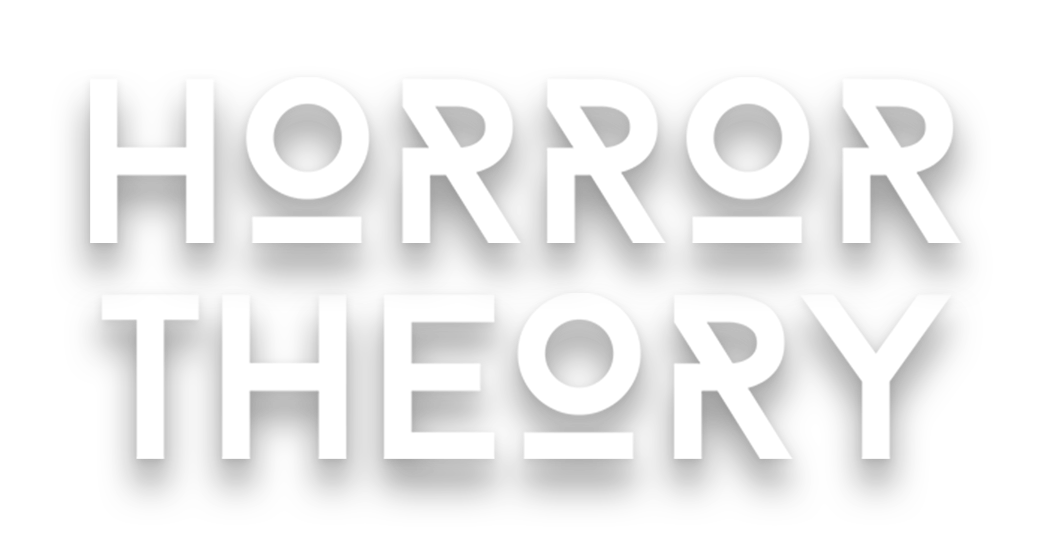Antebellum, which follows a young woman who must survive and escape a Southern slave plantation, is coming at a time of civil unrest in the United States– prompted by the unjust killing of black Americans by the hands of police. Like America in 2020, the protagonist of Antebellum (played by Janelle Monáe) is forced to confront this era in American history and the racism that defined it.
Unfortunately, it doesn’t look like Antebellum is resonating with audiences or critics the way that it had intended (we will work to publish a review an analysis at a later time). Nevertheless, its worth taking a look at how the filmmakers used a remnant of film history to establish a look and mood for the horror film.
“It was a six-week process just for us to track down the lenses,” director Christopher Renz told Variety. “And then another three weeks for the recalibration. But we’re so thankful because we were able to take that same weaponry used to misinform through propaganda with ‘Gone with the Wind’ and correct the record. We were insistent upon getting those lenses, and the studio was patient with us.”
Directors Gerard Bush and Christopher Renz say that the purpose of using these antique pieces of classic (and culturally problematic) film history by showing a more true-to-life depiction of what it was like as a Black American surviving the Confederate States Army in the midst of the American Civil War.
***
Antebellum is available to rent on Amazon Prime, and currently holds a 28% rating on Rotten Tomatoes with critics broadly claiming that the film doesn’t live up to its intriguing premise.
